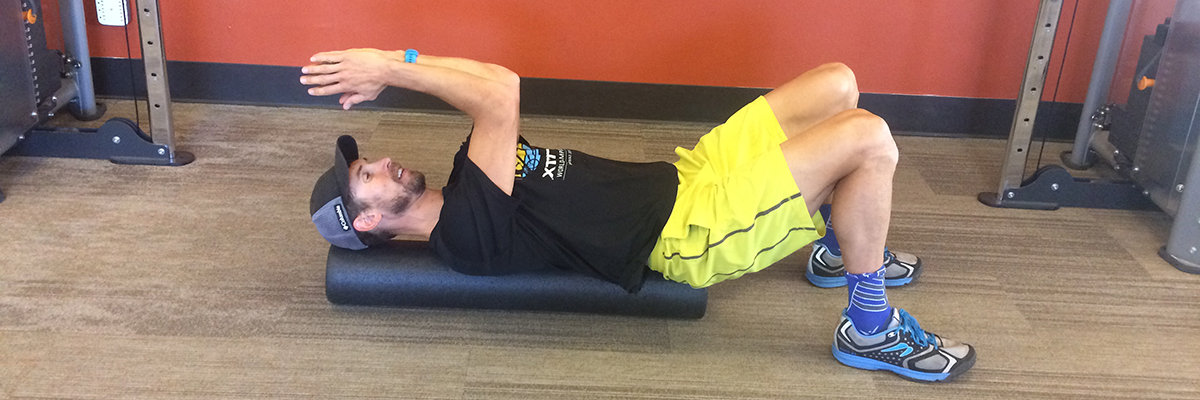Posted by: Katie Coakley
Just because the weather isn’t cooperating doesn’t mean you can’t train for outdoor events…indoors
By Josiah Middaugh
Spring in the mountains can be unpredictable and this year has been no exception with snowstorms extending into late May. Take advantage of those nice patches of weather, but don’t abandon your training plan when the weather doesn’t cooperate.
One of the cornerstones of my training has always been structured indoor training sessions. Wahoo KickR classes at the Westin Riverfront, focused treadmill sessions and strength training make up a majority of my training for many months of the year. Even during some of our best outdoor training months, I think it serves me well to keep some indoor training in my program.
During the shoulder seasons (spring and fall), certain outdoor activities are either intermittently accessible or completely inaccessible. A good snow year means the high country is muddy and still snow-packed in the shadows and many trail closures remain in effect until well into June. The key is to get outside just enough to keep your stoke high, but keep most of your real “work” inside.
Use training metrics
Heart rate, power, and pace can be much more predictable for indoor training. With no changes in terrain, traffic, or weather, heart rate can be held steady when your plan calls for it and dialed into normal ranges. If you are able to train with power on the bike, indoor sessions can be very structured and targeted. To determine heart rate or power zones try our heart rate, pace, and power calculators. Here are explanations of benchmark testing protocols.
Make the grade
If you are utilizing the treadmill, don’t forget about the “grade” button. All of the trail running events include a heavy dose of elevation gain. The treadmill is a good way to train the ups without the muscle damage of the downs. For every 5% increase in percent grade, dial down the speed about 1.0 mph. So, if your normal training pace on the treadmill is 7.0 mph, try some long intervals at 10% grade and 5.0 mph, or even 15% grade and 4.0 mph.
This is great for fitness but be sure to include some downhill running one day per week to prepare your muscles for the eccentric contractions that you experience running downhill (that’s what makes you so sore).
Share this Story:






















